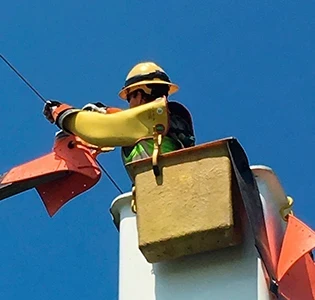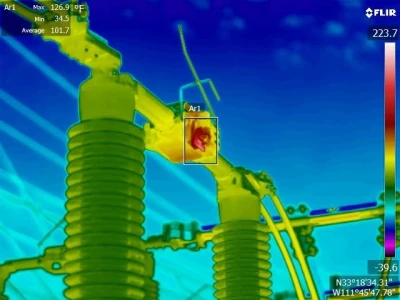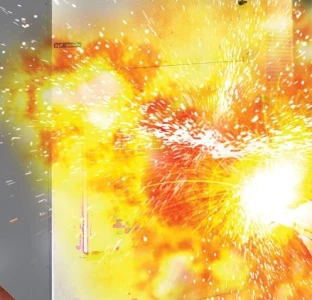Electrical Lineman Safety Equipment - Tools of the Trade

When working in close proximity to exposed energized equipment or working on live electrical circuits, it’s necessary to protect not only the equipment being worked on but also the worker. Rubber insulating gloves and insulated hand tools are vital components of a successful PPE system and should be used in conjunction with each other to provide the maximum protection for the worker.
It’s common to perform a task on de-energized equipment which is locked out and tagged out while still being within the shock boundary and in close proximity to other live equipment. In this case, a worker could accidentally lose control of a tool which could then make contact with live parts. If non-insulated hand tools were being used in this scenario, in addition to a shock hazard, it is very possible that a phase over would result and an arc flash would occur. Not only could the worker be exposed to injury, but the equipment in close vicinity to this incident could sustain serious damage resulting in costly repairs, replacement, or downtime.
Tools with plastic coatings or plastic handles are not suitable when “live” circuits are close to the task at hand. Employees should only consider the use of insulated tools that are marked with the official international “Suitable for live working” symbol for any type of work in close proximity to energized equipment.
The double-triangle marking is the international symbol used to identify tools as safe for energized work. This symbol must be marked on all truly insulated hand tools. These insulated hand tools have a maximum use rating of 1,000VAC and are dielectrically tested at 10,000VAC; this equates to a safety margin factor of 10. These tools should meet current ASTM F1505 and IEC 60903 standards for insulated hand tools and useful for compliance with the CSA Z462-15 standard. While insulating hand tools are designed foremost to offer shock protection for the worker, they are still considered secondary protection. Use of recognized safe work methods and other PPE should not be ignored.
Maintenance
Use and maintenance of insulated tools are beyond the scope of the existing standards and specifications. You should use insulated tools for their intended applications only; for example, screwdrivers should not be used to pry or chisel. You should never modify or alter a tool from its original design. For instance, cutting back the insulation on a socket for use in tight spaces could in fact expose the worker to injury.
Read full article in the Linemen Safety Special Edition 2022








